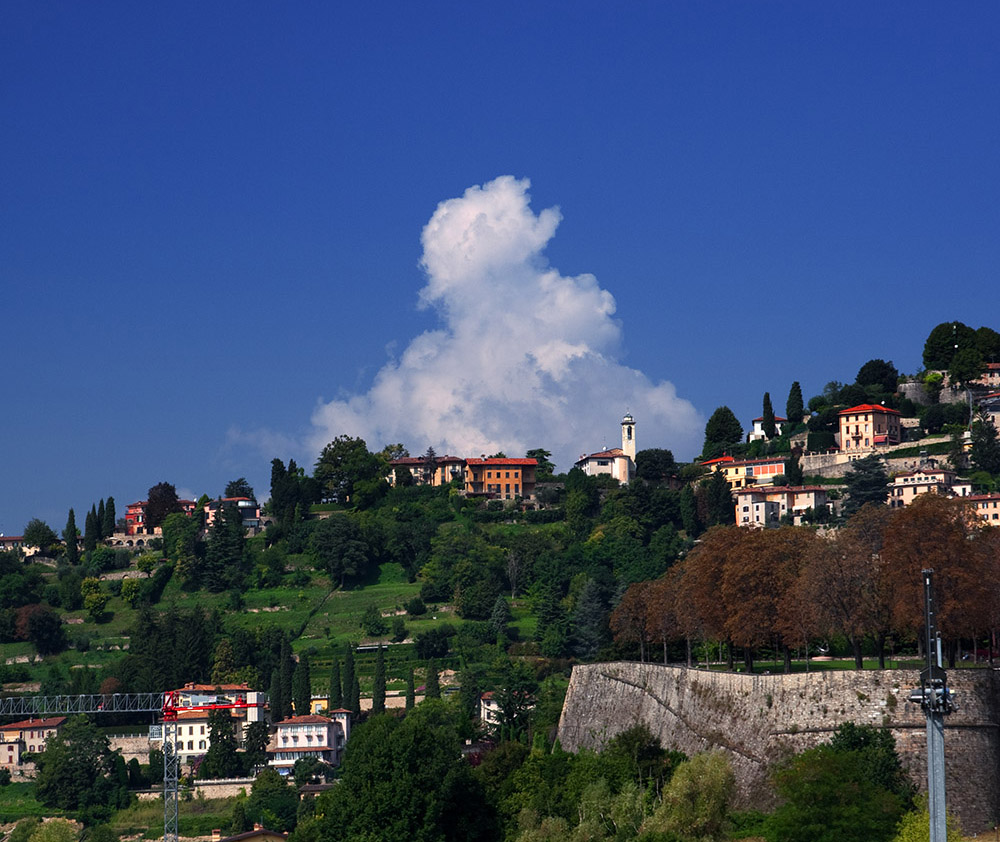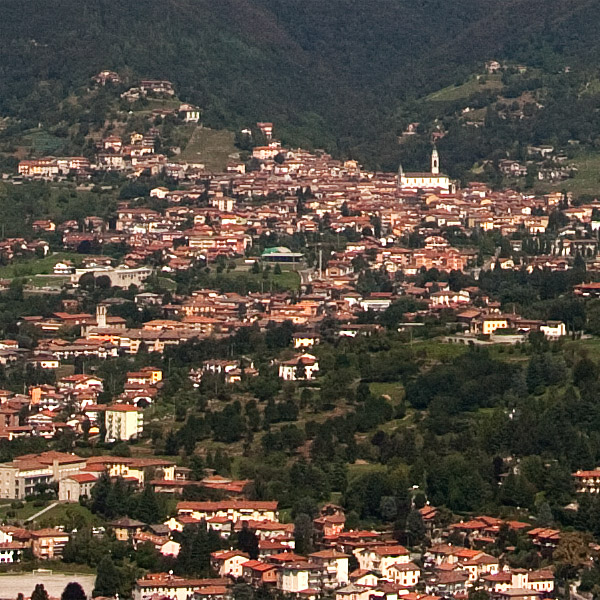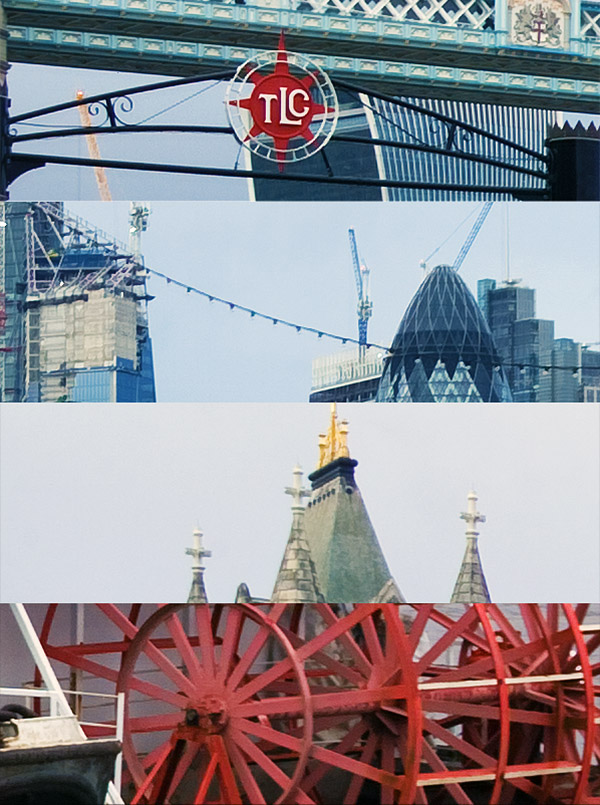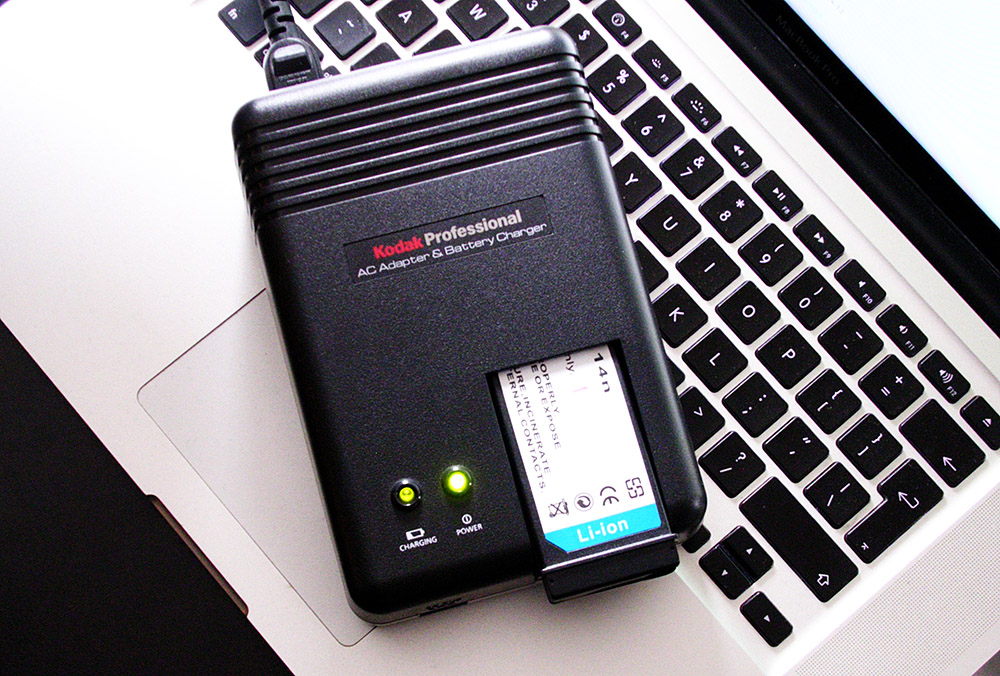The future is twinjets, such as the Boeing 787 that I saw in 2022. The quadjets, the trijets, I salute them, but their time has passed.
A Brief History of the DCS Series
The original Kodak DCS 100 0f 1991 was the first ever digital SLR. It
was essentially a Nikon F3 with a digital back, attached by cable to a shoulder-mounted storage and playback unit. The image quality was superior to contemporary still video
cameras and, unlike film, the pictures could be transmitted instantly
across the world via telephone line, so despite an astronomically high
price the DCS 100 prompted Kodak to enter - create, even - the digital SLR
business.
Readers of Digital Photography Review might recognise this
scene.
Back in 2003 the reviewers had to use Kodak PhotoDesk, which
applied noise reduction to the files. Adobe Camera Raw doesn't,
with results that look less artificial.
History recalls that Kodak invented the digital camera and then failed
to exploit it because they were schmucks, but I think that's unfair. The
company's professional digital SLRs had a near-monopoly for several
years, and Kodak's consumer digital division sold millions of cameras, albeit that they were naff. It was for a time the best-selling digital camera seller in the United States. But
the professional imaging department faced the same problems as DEC, Sun,
Digital, IBM and other US tech giants of the period. A dependence on high-margin, big ticket government contracts allied with high manufacturing costs and a need to make a lot of money. Kodak's eventual
demise was not a unique business phenomenon.
Meanwhile the consumer digital camera division was out-competed by the
likes of Casio, which again was common in the camera and computing
industries. In my opinion Kodak was not uniquely mismanaged or
undercapitalised. There are no other American camera companies any more;
they're all gone, all of them, not just Kodak. It's just that Kodak was the most visible. It was a US company in a market that the US created but could no longer dominate, and as a British person I can sympathise, because Britain did that as well. The jet airliner, for example. We invented it! Fat lot of good it did us.
I'm digressing here.
This photo is designed to irritate you. The door is
centered, but the columns aren't, and neither are the lines on the
road.
The DCS 100's successors divide roughly into three waves. The DCS 200
and 400 of the mid-1990s were Nikon film SLRs mounted on a large imaging
component that resembled a huge motor drive. The camera bodies could
actually be separated from the digital back and, with a bit of work,
turned into 35mm film cameras again.
I've used the DCS 420 and 460.
They're incredibly awkward today, with built-in batteries and erratic
colours that vary across the frame. The DCS 460 is notable for its
then-extraordinary six megapixel resolution and its APS-H sensor.
Although the APS-H format is generally associated with Canon, it was actually invented several years earlier by Kodak and used
in all of their six-megapixel digital SLRs.

The DCS 200/400 generation apparently sold quite well and introduced
many newsrooms to digital photography, but the cameras still felt a bit
home-made. One thing the DCS cameras all had in common was a relatively
naked sensor. The infrared blocking filter was always very thin, and
none of the DCS cameras had a built-in anti-aliasing filter, although
later models had a removable infrared/antialiasing filter mounted just
behind the lens.
The 14n doesn't have an antialising filter; Kodak didn't believe
in them. In theory this makes the 14n prone to moiré patterns but
in practice it's rarely a problem unless you take macro photos of
LCD monitors all day.
Here's a pair of images, shot with at top a 14n and at bottom a
5D Mk2, a 21-megapixel camera with an antialising filter, using
the same Samyang 85mm f/1.4 lens at f/8, from the same position.
They're 100% crops without any post-processing.
The 14n's image is smaller but still crisp; they both exhibit moiré, but in different ways.
This was shot with a two-megapixel
Kodak DCS 520. It's one of the advertising displays at Piccadilly Circus. Moiré abounds.
In parallel with the Nikon-bodied models Kodak also sold the DCS 1, 3,
and 5, which combined the same electronics with a Canon EOS-1n chassis. On the whole Canon was less
keen on collaborating with Kodak than Nikon, so there were fewer
Canon-bodied DCS cameras.
At roughly the same time Kodak also sold the
300-series, which used Nikon Pronea APS film camera bodies. The DCS 300
was aimed at a lower price point, but the cameras were still very
expensive (the three megapixel DCS 330 sold for $5,000+).
A DCS 760 sitting next to a Nikon D1x, six megapixels versus
five, although the D1x used a certain amount of interpolation. The
DCS 760 was a Nikon F5 with digital additions; the D1x was an
entirely new body.
The next wave of DCS cameras was slicker. The two-megapixel DCS 620 and
six-megapixel 660 were built into Nikon F5 bodies, with a more elegant
design that was still very large but tough as nails. In 2000 the 620 was
later replaced by the 620x, which had an unusual sensor filter with
cyan-magenta-yellow pixels instead of red-green-blue; the dye was
thinner and let through more light, which meant that the 620x had a top
ISO of 6400, impressive back in 2000.
Kodak sold Canon-bodied
versions, the DCS 520 and 560, that used EOS-1n bodies
and were technically similar to the 620 and 660. There was, for whatever
reason, never a DCS 520x.
The ultimate first-generation DCS cameras were the six-megapixel Kodak
DCS 760 and the two-megapixel DCS 720x, which were launched in 2001.
They had upgraded electronics, faster processors, and larger buffers
than their predecessors. By that time the relationship with Canon seems
to have come to an end; the last two cameras were Nikon only.
The same DCS 760 sitting next to a Fuji S2. The S2 was a six
megapixel, APS-C digital SLR built on a Nikon F80 film body, and
as you can see Fuji managed to keep the size and weight down. The
result was only slightly larger than the Nikon D100, which used
the same chassis.
The rivalry between Kodak and Fuji was akin to that between Canon
and Nikon, epitomised by the tussle over
sponsorship of the 1984 Los Angeles Olympics. Both companies dipped their toes in the professional digital
SLR market, along the way producing some interesting cameras.
Kodak's DCS cameras were very expensive in their heyday, selling for
$10-15k+, mainly to news agencies, and despite massive price cuts the
range apparently never made a profit. As with the
Apple Power Macintosh G5
I wrote about last month they were technically competitive but
uneconomical, and on a business level Kodak's reliance on Nikon and
Canon to supply camera bodies inevitably caused problems when those two
companies entered the digital camera market themselves.
The DCS cameras are fascinating today for their quirks. There's the fact
that the top half of the camera is an actual film camera; the later DCS
models still had cut-outs for the film canister. The DCS 500/600/700 had
huge batteries that resembled submachinegun magazines, and dual
hot-swappable PCMCIA card slots that could take multi-gigabyte cards,
plus GPS support, timelapse and tethered shooting at a time when those
things were unusual.
They shared one problem - they couldn't generate JPEG images in real
time. Photographers were supposed to download the .TIFF or .DCR files
into Kodak's PhotoDesk and batch process them into JPGs, or presumably
transmit the RAW files to home base so that the picture editors could do
it instead. The cameras had an option to generate JPEG files
post-capture, but it took ages, drained the battery, and in my
experience the results always looked purple.
The 14n's JPEG engine isn't particularly good either, and was one of the
reasons for the indifferent reviews. The 14n's JPEGs look washed-out and
have intrusive noise reduction, and furthermore the camera takes ages to
write files to the memory card. Back in the early 2000s it compared
poorly with the vivid, warm colours produced naturally by the Fuji
S2.
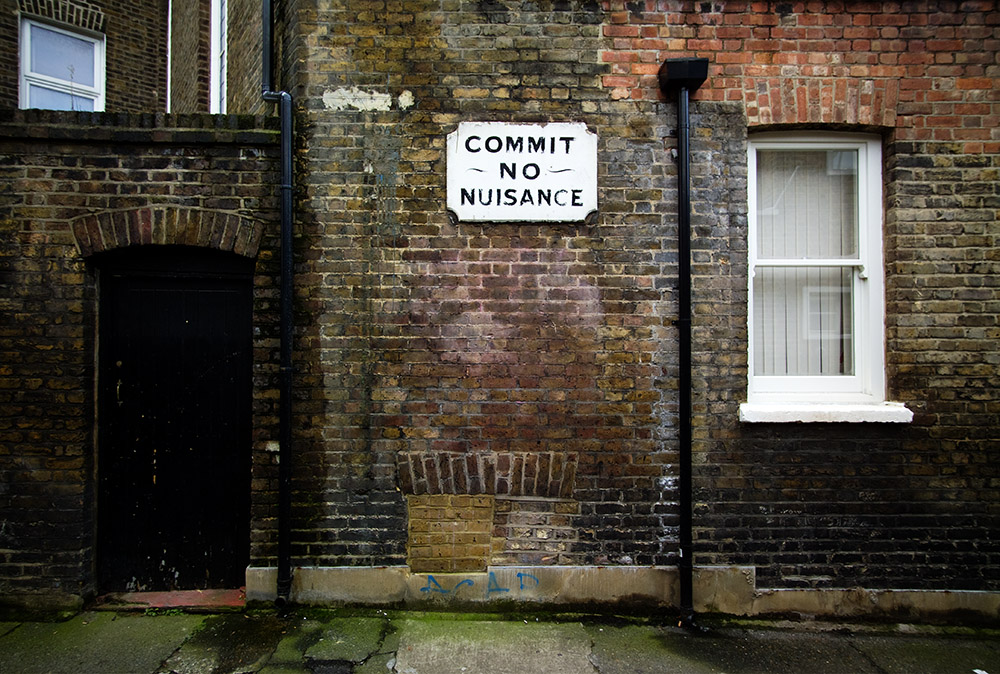
With the demise of the DCS 760 Kodak decided to shift from the press
market to the advertising, product, wedding, historical imaging,
surveying, geography etc market instead. To that end they launched the
DCS Pro Back, a sixteen megapixel medium format back for Hasselblad,
Mamiya, and Contax cameras, notable for having a square format at a time
when most medium format backs were rectangular 645. It wasn't Kodak's
first digital medium format back, but it was the first one that seemed
like a finished product rather than a prototype. Lord knows if the DCS
Pro Back was any good. Used examples still sell for hundreds of pounds.
Can you find the batteries? What if an irreplaceable component burns
out?
And Kodak also launched the DCS Pro 14n. It had the body of a digital
SLR but was essentially a turn-of-the-millennium medium format camera in
disguise, with all that entails. I still can't spell millennium without
looking it up. I'm never going to learn. What's the point? It's 2017. I
will have been dead for nine hundred years before anybody gets excited
about the millennium again. You will be dead. We will all be dead.
Together at last, joined by the one thread that binds us.
All of Kodak's earlier DCS cameras used Kodak-made CCD sensors, but for
whatever reason Kodak decided to source a third-party sensor for the
14n. I have no idea what went wrong behind the scenes during the
development of the 14n. The camera body doesn't seem to have been a
problem; reviewers found the vertical grip awkward, but it's not
that bad. The interface is similar to the DCS 760,
with Kodak's typical hold-the-button-to-select-a-page,
let-go-to-select-a-function design. The problem appears to have been
either the sensor, or the electronics surrounding the sensor, or the
programming involved in taking data off the sensor, or all of those
things, or the management of those things.
The reviews singled out the poor startup times, the flaky interface,
appalling image write times, poor battery life, a poorly-implemented
lens optimisation feature that gave photographs a colour cast, plus
washed-out, magenta-toned colours, and more importantly excessive noise.
Nowadays full-frame cameras are generally high-ISO champs, but the early
models were surprisingly poor. The early Contax N Digital was plagued
with shadow noise even at ISO 25 and the Canon 1Ds was no great shakes
at higher ISOs either.

The 14n has a weird habit of making the image greeny-purply in a way that's hard to correct, although luckily Cornerfix will do the job. Kodak's manual blames the lenses, but it's odd that the problem only seemed to manifest with cameras that had Kodak-sourced sensors, such as the Leica M8. The 14n has a lens correction feature that's supposed to fix the problem, but it doesn't do a lot, and it only works with JPGs. The DCS Pro 14n is also noisy with long exposures. I think of it as a
35mm-sized medium format digital back, in the sense that it was made to
be used with studio strobes. In contrast the 1Ds had noise at higher
ISOs but could do multi-minute exposures at lower ISOs without a
problem. The 14n, on the other hand, hates exposures longer than a few
seconds. It has a dedicated long exposure mode that works by stacking a
series of shorter exposures, but although the thought of thirty-second
exposures in daylight is intriguing the feature feels tacked on.
A four-second exposure at ISO 80 with the 14n.
A crop from the above. Notice the smeary colour noise - this is
the worst kind of noise because it's hard to get rid of. Bear in
mind this is a four-second exposure at ISO 80. In the studio you
can just turn up the strobes, or buy more strobes. What if you're
shooting a landscape at sunset with stacked grad filters and a
polariser at f/11, and you need a nine-minute exposure? The 14n is
not your camera. At higher ISOs the smeary noise is joined by
vertical bands.
The 14n has a "longer exposure" feature that simulates lower
ISOs, but with a fixed range of shutter speeds. It works by
stacking a series of shorter exposures. The later DCS SLR/n had
more options here, including a simulated ISO 50.
The result works, sort-of. This is a thirty-second, ISO 6
exposure. There's very little noise.
But you can see the stacked exposures. If this had been a single
thirty-second exposure the people would be invisible ghosts;
instead they're captured at points along their timeline.
Noise is really the 14n's big problem. The DCS press cameras were noisy
as well, but it didn't matter as much because they were designed to get
the image quickly at all costs for spot news. The combination of low
base ISO and limited buffer makes the 14n unappealing for the wedding
market. Kodak's publicity materials for the 14n included images of a
wedding shoot, but the images were obviously lit with studio lights,
generally not an option while on location. I pity the photographer who
had to use bounce flash in a church at ISO 80, even with a
handle-mounted flash. It can't do arbitrarily long exposures, so it's
not much use for landscape images or astrophotography.
Even in a studio context the lack of an antialiasing filter means that
fine hair and certain clothes produce unattractive multi-coloured moiré
patterns, something that Kodak's software was supposed to fix but
didn't. For outdoors portraits on a sunny day at dusk at f/1.4 the 14n
is probably fab, but even then the flash sync speed of 1/125 is unimpressive, and I imagine the ugly purple highlights will be a problem
if you use the sun as a backlight.
In common with other F80-based cameras the 14n doesn't meter with
non-CPU lenses, so if you have a desk drawer full of AI/S lenses you'll
have to bring along a lightmeter or guess. I'm sorry for all that stuff
about FireWire, by the way. It was just supposed to be a throwaway gag,
but it developed a life of its own. It's true, though. I genuinely
haven't ever used FireWire. It sailed right past me.
After the relative disaster of the triangular plants thing, the
swings and swinging ball / padded stairs are much more
popular.
When the 14n was new Kodak released a flurry of firmware updates, and on
the side of the body is a mysterious port marked TEST. This is actually
a serial port that will interface with GPS units. The lack of a USB port
seems odd nowadays - it has Firewire instead - but then again the Canon
1D and 1Ds didn't have USB either, so I can't really hold that against
Kodak.

The last official firmware was version 5.4.1, but
this enterprising chap from Ukraine
managed to pull the firmware apart and upgrade a few features, in
particular eliminating the lossy compression on Kodak's 12-bit DCR RAW
files. I still use Photoshop CS4, so after installing this new firmware
I have to run the DCR files through a modern version of Adobe's DNG
converter before they look right. Notice how in 2017 I said "Ukraine". I didn't edit that in later, I said that at the time. Because I'm an urbane sophisticate with an international outlook, that's why.

What's the Pro 14n like? The F80 chassis was built for film, so the
cameras based on it all had one usability flaw - ISO is on the PASM
dial, which means twisting the dial to change ISO and then twisting it
back again, which is awkward. The F80's buttons and dials feel a bit
cheap, although whereas the S2 and S3 were all-plastic the 14n's back
section is made of metal. Holding it horizontally is fine. Vertically is
awkward but not impossible, although I wouldn't fancy touting around the
camera around with an 80-200mm f/2.8 zoom all day.

There are two card slots, one CompactFlash and one SD, which can be set
to save RAW files to one card and JPGs to another, or either format to
both simultaneously, or used as one large pool of memory. At launch the
14n's SD slot was turned off, and even with later firmware upgrades it
doesn't read SDHC cards, so it's limited to 2gb cards. Whereas the other
DCS cameras had no problem with multi-gigabyte cards the 14n is fussy.
It's unproblematic with the 1gb and 2gb Compact Flash cards I have lying
around, and it has no problem with my old 1gb IBM Microdrive, but with
4gb cards I start to get ERR messages and card write errors.
It uses lightweight stick batteries. The DCS cameras were notoriously
bad at power management - they drained the battery even when turned off
- and it's good form to remove the batteries when you aren't using them.
This generally means having to reset the date, because despite having a
brand-new CR2032 button cell the camera doesn't seem to retain the date.
Kodak stopped making the batteries a long time ago and they're
surprisingly hard to come by nowadays. Most of the sticks available
today appear to be home-made clones that lack the original metal locking
hook. The ones I have will last enough to fill up a 2gb card with juice
left over. My camera also came with a dummy battery that hooks up to the
charger so that it can be powered by the mains. The charger is huge.
The dual-display interface is a little bit like the DCS
500/600/700 cameras, and also the Fuji S1-2-3. It has inline
help.
What else? The lack of an auto-ISO mode is irritating. ISO 160 isn't too
bad, and even ISO 400 is usable if the image doesn't have too many
shadows. The camera tops out at ISO 800, but this can only be activated
with six-megapixel RAW files, and it looks dreadful. I found myself
continually switching between ISO 80 and ISO 160 depending on the
lighting conditions.
When you switch ISO the camera pauses with a calibration message. I
assume it's loading an uncompressed fourteen megapixel pixel map from
memory that tells that camera which pixels are defective. The camera is
compatible with Nikon's D1/D100-era D-TTL flash system; D-TTL didn't
last long before being replaced by I-TTL, which is still used today. In
practice the 14n was intended for use with studio flash units, which are
dumb and connect with the PC Sync socket (or an IR or other suitable trigger).
Unusually for a professional camera the 14n has a pop-up flash that can do fill at a pinch, although it's very weak.
The 14n can be powered from the mains. The camera comes with a
dummy battery that connects to the charging unit. "This is not a
battery" it says, which means that the photograph above is not a
not a battery.
However you don't need the charging unit or the cable. Any power
adapter with the right connection that outputs roughly 7.3v at 3a
will do.
The LCD screen has a pair of notches above and below it that appear to
be designed for a plastic screen protector, but I can find no evidence
that Kodak ever sold one. The camera is new enough to be covered
extensively by camera review sites; as always
Rob Galbraith's review
had the best combination of technical evaluation and professional
photographic oversight.
Sometimes it goes wrong.
What happened to the 14n? The reviews were poor, but judging by
this list of serial numbers
it appears to have sold 15,000 units or so. The 14n name suggested that
there was going to be a Canon-bodied 14c, but perhaps understandably
Canon were uninterested in helping Kodak compete with the 1Ds so the 14c
never appeared.
Instead Kodak essentially re-released the 14n a year later as the DCS
Pro SLR/n, with a new sensor and new electronics. For a fee the company
offered to upgrade existing 14n cameras to SLR/n standard; the resulting
cameras were rebadged 14nx. The Pro SLR/n attracted slightly more
favourable reviews than the 14n although it was still overshadowed by
the 1Ds.
Kodak did eventually sell a Canon version of the camera, albeit without
Canon's involvement. The DCS Pro SLR/c had a body donated by Sigma, with
a reverse-engineered version of Canon's lens mount; reverse-engineering
the flash automation and lens interface must have been a difficult job. The SLR/c remains unusual today as the
only Canon-compatible digital SLR not made or even sanctioned by
Canon.
What else? In common with digital SLRs of the period the sensor cleaning
mode simply flips up the mirror. You have to clean the sensor manually.
There's no live view or video recording. The only factory option I am
aware of was a buffer expansion from 256mb to 512mb. The serial port
could in theory interface with GPS units, and might have been used to
connect to digital image verification hardware, but if so I have seen no
evidence of it. Unlike earlier DCS cameras the DCS Pro 14n was never
carried into space by NASA, who had by that time switched to Nikon.
There are rumours of a monochrome-only model, but I've never seen
one.
Kodak discontinued the SLR/n and SLR/c in 2005 and disbanded its DCS
division shortly afterwards, bringing Kodak's involvement with the
digital SLR market to an end. Kodak was an early driver of the Four
Thirds system and continued to make sensors for other manufacturers,
notably Leica - the Leica M8 had a Kodak sensor, as did the digital
module for the R8/R9 - but in 2011 the company sold its sensor division.
Whatever remains of it now belongs to ON Semiconductors, who make
sensors for cars and mobile phones. As of 2022 ON is called
Onsemi. It still exists. In 2021 Onsemi bought GT Advanced. Do you remember GT Advanced? The sapphire glass company
that went bankrupt? And all the people on
The Contrarian Investor lost their money? No?
Kodak itself declared bankruptcy in
2012. The company still exists, and still makes motion picture film.
When I go on holiday I occasionally see Kodak signs, slowly fading away.
Like IBM it's one of those names from the past that people remember,
although no-one knows what it does any more.
A Kodak sign, shot in 2015, with Fuji Velvia. Eroding into a future not meant for it.



